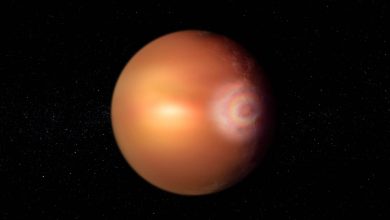When the bright star Betelgeuse explodes…

Science: When the bright star Betelgeuse explodes, it will be an impressive sight. The star explosion, known as a supernova, will be brighter than any planet and almost as bright as the full moon. It will be visible during the day, and you can read a book by its light at midnight. It will last for a few months before fading, as all supernovae do.
But it won’t be dangerous. For that, it would have to be very, very close; Betelgeuse is about 650 light-years away. So is there a star like Betelgeuse that poses a threat to us?
To estimate how close a supernova would have to be to cause serious damage to Earth, we must look at the supernova’s destructive capabilities. First, there’s the shock wave from the explosion. But trust me: If you’re so close to the supernova to be worried about the shock wave, you’re so close to the star before the supernova that you’ve already received a lethal dose of radiation, and you really should have moved away long ago.
Next, there’s visible light. Although it can be impressive and cause blindness, it’s not going to be a factor in damaging our planet.
Speaking of energy output, the vast majority of the energy emitted by a supernova is in the form of neutrinos, ghostly particles that rarely interact with matter. In fact, there are trillions of neutrinos passing through your body right now, and I bet you don’t even notice them. So even if you got a supernova’s worth of neutrinos in your face, it wouldn’t bother you.
But what about other wavelengths of light, such as X-rays and gamma rays? The good news is that supernovas don’t produce copious amounts of high-energy radiation. But the bad news is that this is only in a relative sense. On any reasonable absolute scale — such as how many gamma rays are going to pass through the atmosphere — that’s still a ton of high-energy radiation.





